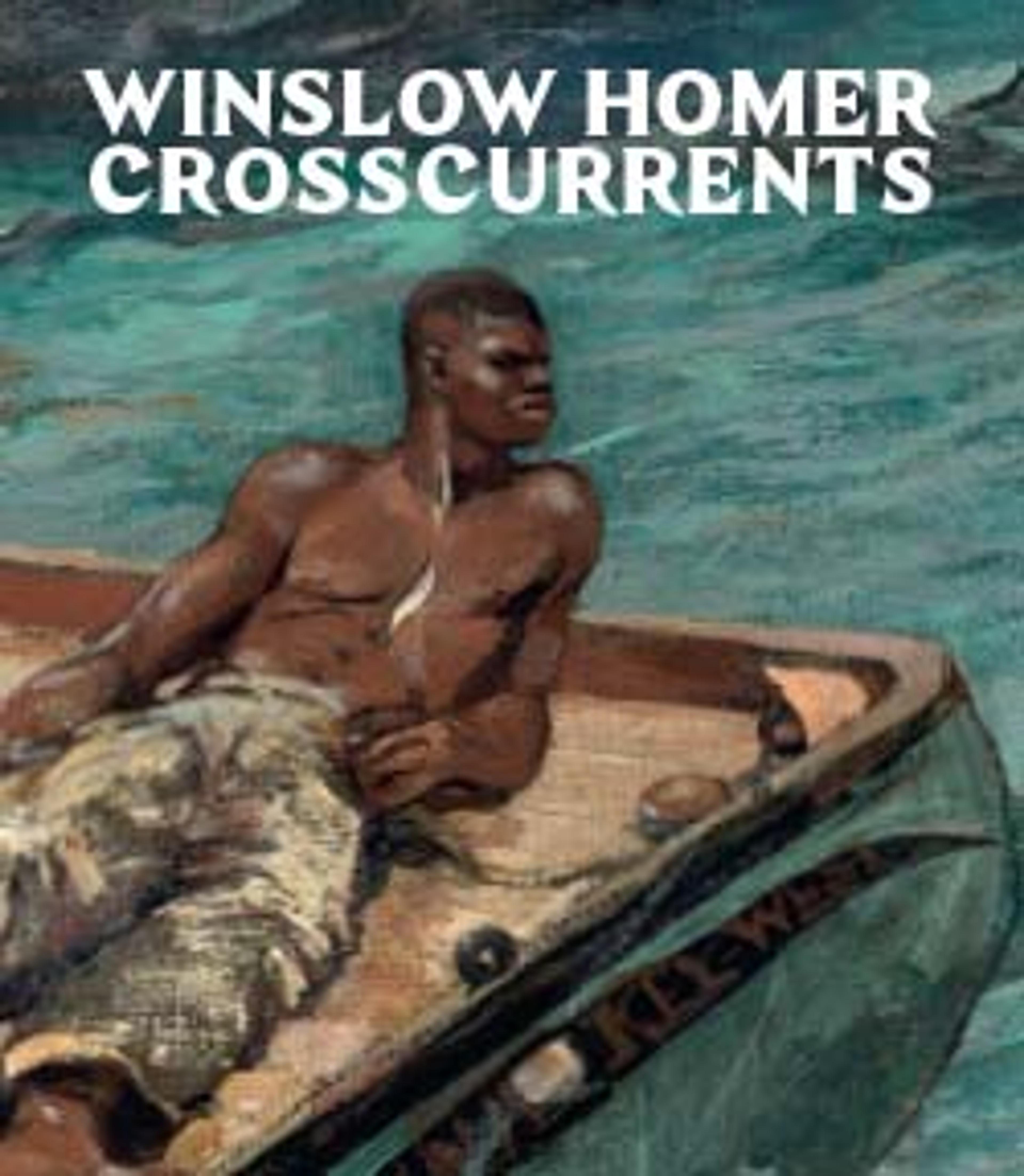English
Prisoners from the Front
Painted in New York after the Civil War, this work was inspired by the heroism of Homer’s friend Francis Channing Barlow, a Union Army general who captured a division of Confederate soldiers at Spotsylvania, Virginia, in 1864. The artist summarized their confrontation against a ruined Southern landscape while implying class differences between the elegant officer and the disheveled Confederate troops. In 1869 the critic Eugene Benson suggested that the painting transcended a specific event to portray the entirety of the war, noting that the prisoners represented "the elements in our Southern society that fomented and fed the rebellion."
Artwork Details
- Title: Prisoners from the Front
- Artist: Winslow Homer (American, Boston, Massachusetts 1836–1910 Prouts Neck, Maine)
- Date: 1866
- Culture: American
- Medium: Oil on canvas
- Dimensions: 24 x 38in. (61 x 96.5cm)
Framed: 36 1/2 × 50 5/8 × 4 1/2 in. (92.7 × 128.6 × 11.4 cm) - Credit Line: Gift of Mrs. Frank B. Porter, 1922
- Object Number: 22.207
- Curatorial Department: The American Wing
Audio
[Old] Prisoners from the Front
0:00
0:00
We're sorry, the transcript for this audio track is not available at this time. Please email info@metmuseum.org to request a transcript for this track.
More Artwork
Research Resources
The Met provides unparalleled resources for research and welcomes an international community of students and scholars. The Met's Open Access API is where creators and researchers can connect to the The Met collection. Open Access data and public domain images are available for unrestricted commercial and noncommercial use without permission or fee.
To request images under copyright and other restrictions, please use this Image Request form.
Feedback
We continue to research and examine historical and cultural context for objects in The Met collection. If you have comments or questions about this object record, please complete and submit this form. The Museum looks forward to receiving your comments.
